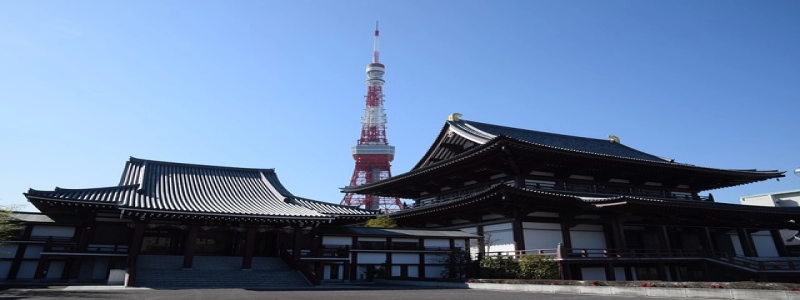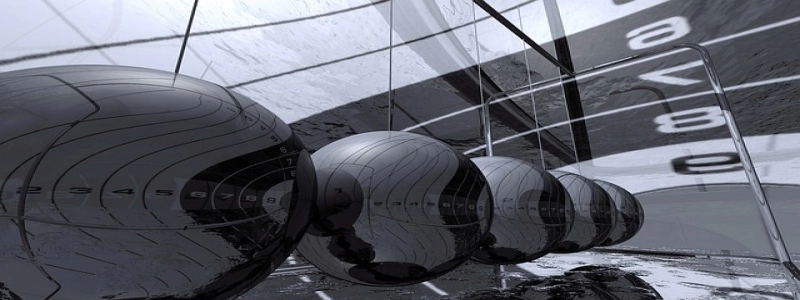Can You Repair a Fiber Optic Cable?
Introduction:
Fiber optic cables have revolutionized the telecommunications industry with their ability to transmit data at high speeds over long distances. These cables, made of thin strands of glass or plastic, are incredibly fragile and can be easily damaged. But, what happens when a fiber optic cable breaks or gets cut? Can it be repaired? In this article, we will explore the possibilities of repairing a fiber optic cable.
I. The nature of fiber optic cable damage:
1. Common causes of fiber optic cable damage:
a. Accidental cuts during construction or maintenance work.
b. Natural disasters like earthquakes or hurricanes.
c. Rodent or pest damage.
2. Types of fiber optic cable damage:
a. Complete cable breakage.
b. Partial cable breakage.
c. Fiber damage, without cable breakage.
II. Repairing fiber optic cable:
1. Repairs for complete cable breakage:
a. Identify the break: Use an optical time-domain reflectometer (OTDR) to pinpoint the location of the break.
b. Access the cable ends: Cut both ends of the damaged cable, leaving enough slack to work with.
c. Splicing: Strip and clean the fiber ends, and then use fusion splicing or mechanical splicing to reconnect them.
d. Testing: Verify the repaired cable using an OTDR and other testing equipment.
2. Repairs for partial cable breakage:
a. Identify the break: Use an OTDR to locate the damaged section.
b. Access the damaged area: Cut the damaged section and expose the fiber ends.
c. Splicing: Strip and clean the fiber ends, and then connect them using fusion or mechanical splicing.
d. Testing: Verify the repaired section using appropriate testing equipment.
3. Repairs for fiber damage:
a. Identify the damaged fiber(s): Use an OTDR to locate the damaged section.
b. Access the damaged fibers: Cut the damaged portion and expose the fiber ends.
c. Fusion splicing: Strip and clean the fiber ends, and then use fusion splicing to connect the damaged fibers.
d. Testing: Verify the repaired fibers using testing equipment.
III. Challenges in fiber optic cable repair:
1. Accessibility: In some cases, fiber optic cables may be located in hard-to-reach locations, making repairs challenging.
2. Time-consuming: Repairing fiber optic cables requires meticulous work, including stripping, cleaning, and splicing, which can be time-consuming.
3. Skill requirements: Repairing fiber optic cables requires specialized skills and knowledge to ensure proper splicing and testing.
Conclusion:
While fiber optic cable damage can be a significant setback, it is possible to repair these cables and restore their functionality. Whether it’s complete cable breakage, partial cable breakage, or fiber damage, repairs can be carried out using fusion or mechanical splicing methods. However, it should be noted that repairing fiber optic cables is a complex task that requires specialized skills and equipment. Therefore, it is recommended to seek professional assistance to ensure the best possible repair outcome.








